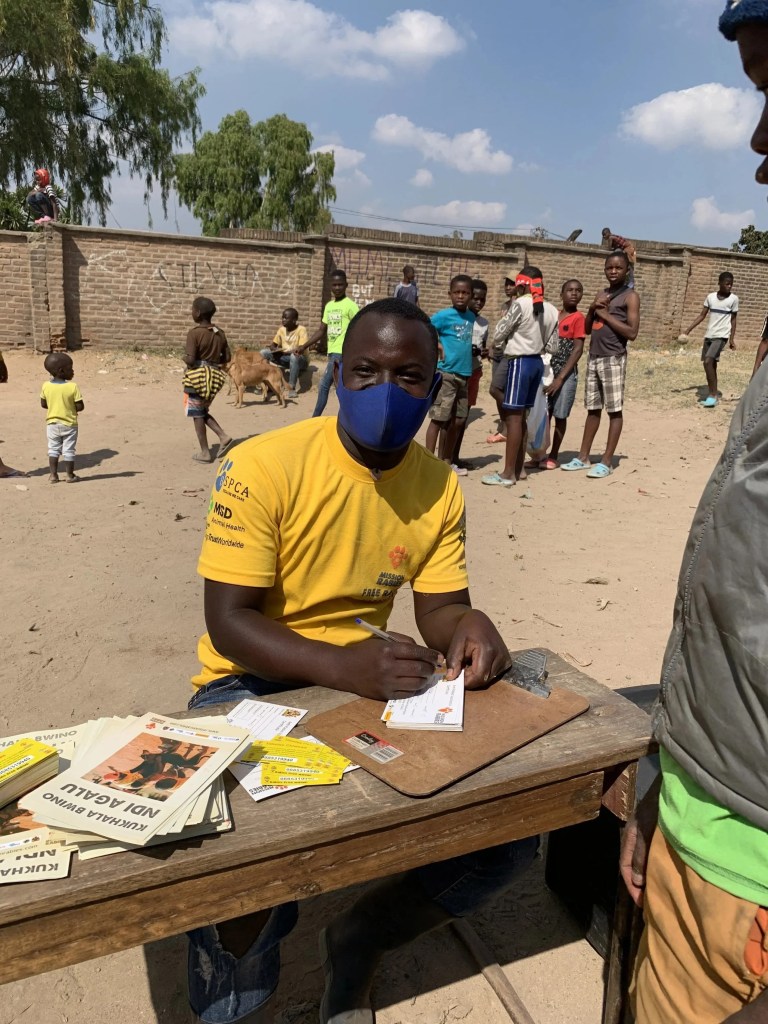Home \ Knowledge Hub \ Opinion \ Data, dog vaccination campaigns, and driving towards rabies elimination


29 Jun 2021
Data, dog vaccination campaigns, and driving towards rabies elimination
SHARE

JOHN ATKINSON
Associate Director, International Veterinary Health
Eliminating rabies deaths is possible and the vaccination of dogs is central to achieving this. But how can enough dogs be vaccinated given that resources are limited, and campaigns must be easy to implement? The answer lies in the effective use of data and technology, as described in a recent paper by Stella Mazeri and others.
The following quotes from two of the authors explain the significance of the findings in this paper:

Stella Mazeri, The Roslin Institute and The Royal (Dick) School of Veterinary Studies, The University of Edinburgh:
“Mass dog vaccination is key in achieving the Zero by 30 goal and our aim with this study was to use an evidenced-based, data-driven approach to re-design our annual Blantyre city dog vaccination campaign to make it more efficient and easier to implement.
This new approach removes the need for a costly door to door vaccination component, while still achieving that 70% vaccination coverage which is key in stopping the transmission cycle. We hope that this faster and cheaper approach to vaccinate such large number of dogs in the urban setting, will make it more feasible for governments to adopt and implement in cities throughout sub-Saharan Africa and will help our join efforts towards the Zero by 30 goal.”
Andy Gibson, Mission Rabies:
“Rabies continues to impact on the lives of millions of people living in poverty at the margins of society. Solutions to enable the rapid, systematic vaccination of dogs across cities and districts is needed to eliminate the virus from the dog population in which it circulates and protect people from this deadly disease. Technology is transforming how large-scale dog vaccination campaigns operate in low- and middle-income countries, enabling a more targeted use of resources to reach populations where vaccination is most needed.

This study provides one example from the south of Malawi where campaign data generated through a tailor-made mobile phone app enabled the campaign structure to be modified to achieve a doubling in vaccination efficiency the subsequent year. This data-driven technology-aided approach to rabies control is providing new hope for solving one of the world’s most intractable public health issues.”





Where can you find out more about rabies? Visit our Community Response section to learn about the Zero By 30 global strategic plan, the Rabies Hero Awards and how you can help eliminate this disease.
JOHN ATKINSON
Associate Director, International Veterinary Health
The views expressed in this article are those of the author(s) and do not necessarily represent those of MSD Animal Health.
PHOTO CREDITS: MISSION RABIES

